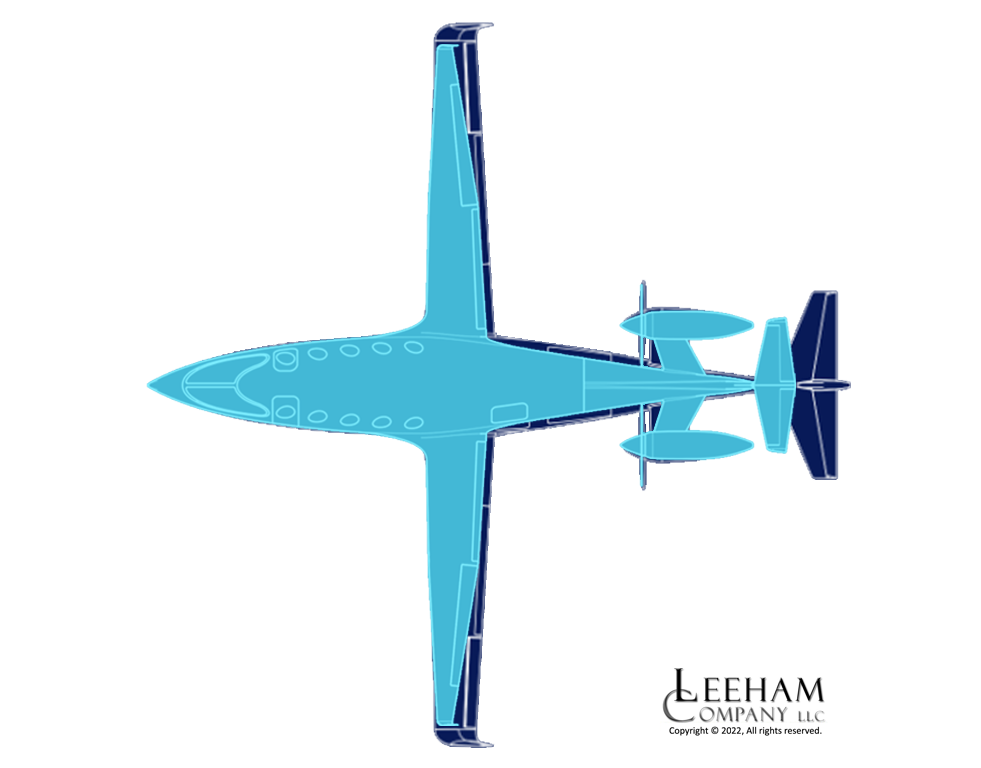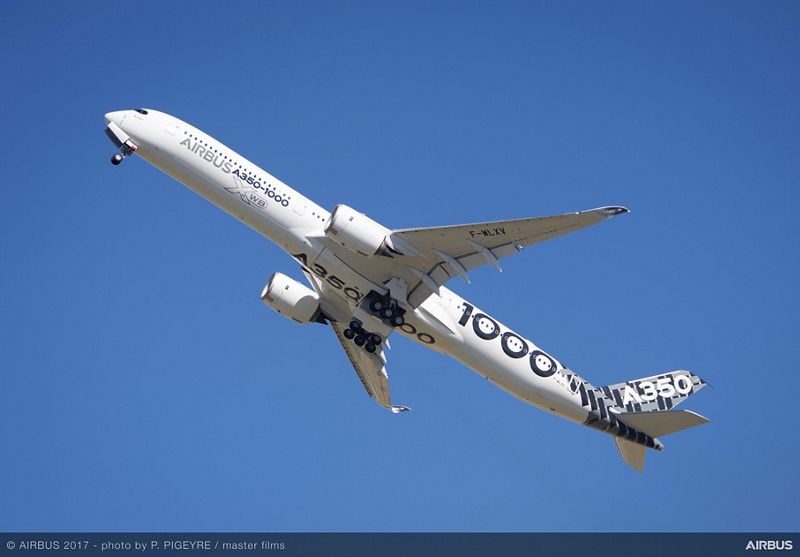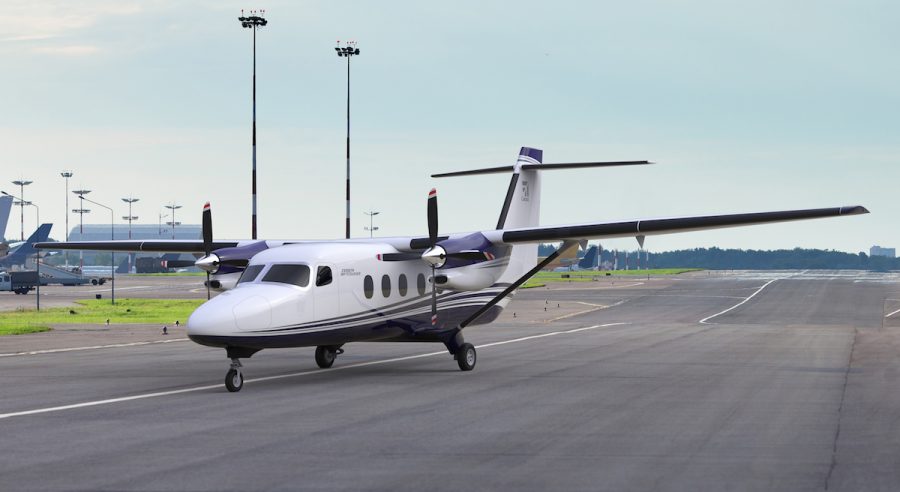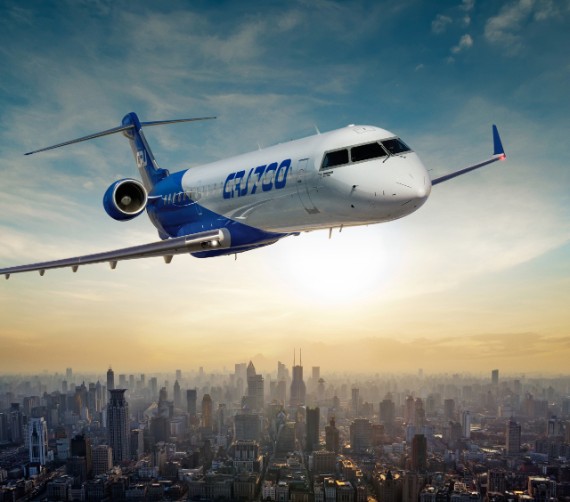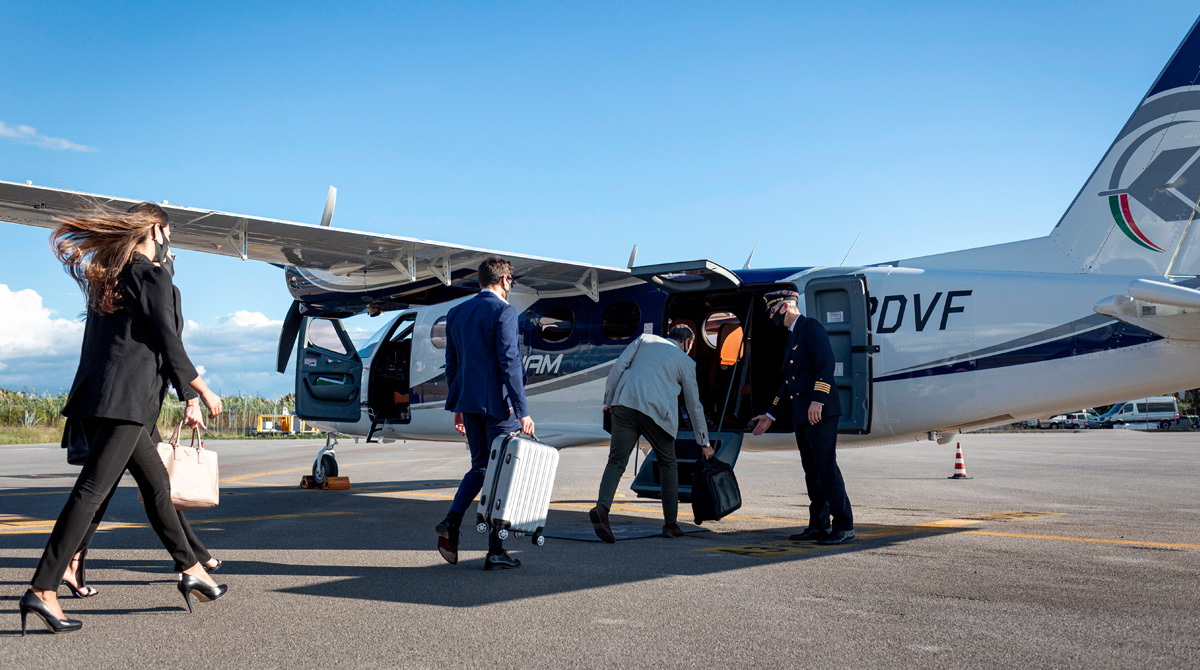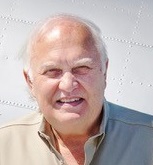Leeham News and Analysis
There's more to real news than a news release.
Bjorn’s Corner: Sustainable Air Transport. Part 4. Reality checks.
January 28, 2022, ©. Leeham News: Having discussed where investments would be the most efficient in alleviating our Greenhouse gas problems and identified the low-hanging fruit, we now look at new technology airplanes that can improve the situation.
We start with classical airliners, working our way from small types to the largest, then we discuss the impact of new transport forms like VTOLs for short-haul transportation.
As we will use the Leeham Aircraft Performance Model in some of the work, there will be extra articles (for this one, a Part 4P) which are Paywall, where we use the model to generate deeper data and understanding.
Carbon footprint: Regional jet versus turboprop, how large is the difference?
Subscription Required
By Bjorn Fehrm
Introduction
January 27, 2022, © Leeham News: Last week, we kicked off a series of articles where we will measure what difference our choice of flying makes to the primary Greenhouse gas emission, CO2.
We have upgraded our airliner performance model for the series to give a direct output of the CO2 emissions for the flights in different phases.
We start this week by comparing a typical domestic feeder flight of 300 nm, with an example route of Cleveland to Chicago O’Hare. What will be the time differences? And the fuel burn and CO2 emission difference?
To make it a fair comparison, we’ll use present generation aircraft flying on the US market, the Embraer E175 and De Havilland’s DH 8-400. We will fly the DH 8 at a high-speed cruise to keep the flight time differences within 10 minutes.
Summary
- As expected, the turboprop is the more efficient mode of transportation on the route. It consequently emits less CO2 per transported passenger.
- With new, more comfortable turboprops in the works, the drive for sustainability could see a return of the turboprop to the US market.
Is the cargo capacity deciding the airliner variant? Part 3.
Subscription Required
By Bjorn Fehrm
Introduction
October 7, 2021, © Leeham News: In last week’s article, we could see today’s high cargo prices can motivate a 325 seat Airbus A350-900 even though the passenger load on the routes would point to a 240 seat A330-800.
How far does this “paying for a larger aircraft with belly cargo” paradigm go? Today we see if Airbus’ largest aircraft, the A350-1000, can generate the margins of the A350-900 on freight-rich routes. Can an airline that has an A350-900 sized passenger demand for such routes go to an A350-1000 instead?
Summary
- The increased yields for air cargo leads to surprising effects. Oversized passenger models can survive the passenger drought on today’s international routes as long as it’s a route with good freight demand.
Major upcoming carrier re-fleetings
Subscription Required
By Vincent Valery
Introduction
July 26, 2021, © Leeham News: As passenger traffic in the USA recovers, carriers’ operating cash flow turned consistently positive. With increased confidence in a sustainable passenger recovery, some airlines started ordering or purchasing planes again.
LNA outlined in a previous article that the pace of passenger traffic recovery differs significantly by region and country. Several domestic markets, notably China and the USA, are back to levels approaching those seen in 2019. Other markets, notably intercontinental or intra-Asia travel, remains depressed.
The carriers that placed large orders undoubtedly did so to capitalize on favorable pricing from OEMs and cheap financing. However, behind the headline-grabbing order figures lie that their fleets are aging fast and had under-ordered in previous years.
LNA singles out in this article the carriers that will have to place sizable orders to rejuvenate their fleets in the next five years, considering regional factors.
Summary
- The 40,000 feet view of re-fleeting needs;
- US carriers lead in old metal needing replacement;
- Potential acceleration of replacement plans in Europe;
- Lower near-term replacement needs in Asia-Pacific.
Bjorn’s Corner: The challenges of airliner development. Part 11. The Program Plan.
July 9, 2021, ©. Leeham News: Now that we have done the basic market research we should scope the program. To do this we need to understand what aircraft we will develop and to what certification rules.
Our market research tells us to develop a 19 seat aircraft that can operate as a passenger and/or cargo aircraft outside the US and as cargo aircraft in the US. This enables us to certify it to FAA Part 23 and the equivalent rules of other National Aviation Authorities where we want to sell the aircraft.
Asia-Pacific airline recovery held back by slow vaccination, border closures
Subscription Required
By Judson Rollins
Introduction
July 5, 2021, © Leeham News: The passenger air travel recovery from COVID-19 has been wildly uneven, even between neighboring countries. Most countries with large domestic markets have seen dramatic rebounds in passenger volumes, although yields have been held back by a continued slump in long-haul and business travel.
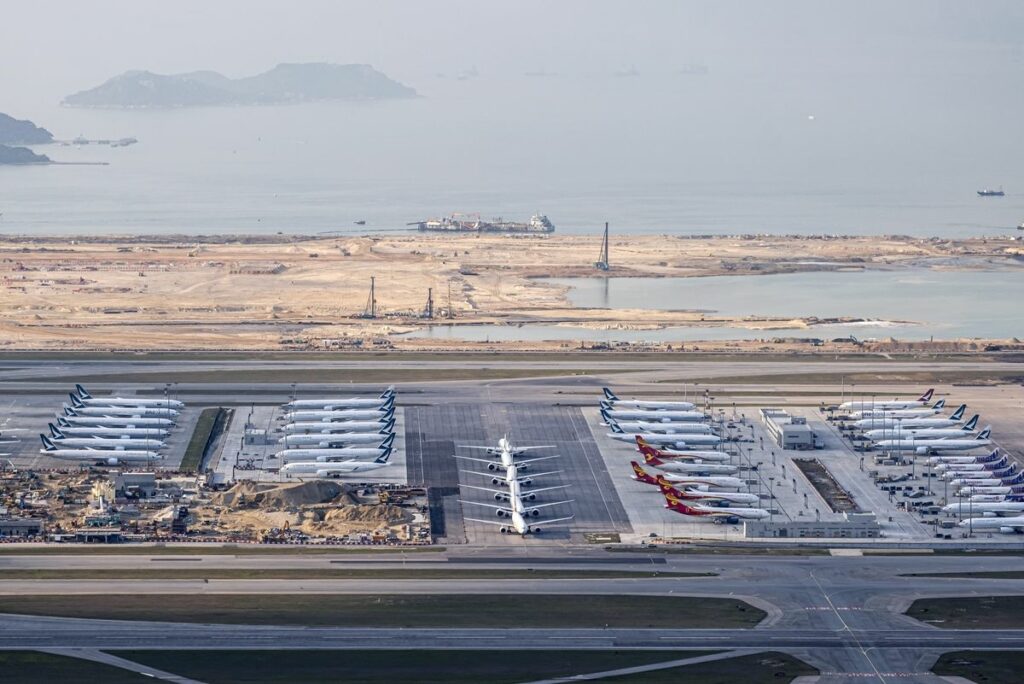
Aircraft parked at Hong Kong International Airport, with construction on a third runway in the background. Source: Bloomberg.
In the Asia-Pacific region, however, even short-haul international traffic has been disrupted by virus outbreaks, a painfully slow vaccine rollout, and a largely stagnant web of border closures.
Summary
- Much of Asia is well behind global average in the vaccine rollout.
- Domestic markets in China, Australia, and New Zealand are performing strongly.
- Border closures continue to cripple international travel.
- Many Asian countries are likely to stay closed well into 2022.
- Most Asian airlines are reporting slow progress toward capacity restoration.
Bjorn’s Corner: The challenges of airliner development. Part 5. Developing to Cert rules
May 28, 2021, ©. Leeham News: After an overview of different certification rules and discussions about why there are different rule sets, we now exemplify the rules by looking at specific aircraft projects and how the certification rules affect the design.
We start this week with the idea to certify a 9-seat mini-airliner like the Tecnam P2012 Traveller. It’s a recent development with US-based Cape Air as the launch customer.
Pontifications: A330-300 could be great deal ahead
May 10, 2021, © Leeham News: The COVID-19 pandemic prompted airlines to ground more than 8,000 aircraft at the peak.
Among widebodies, no aircraft was hit harder than the Airbus A330ceo.
Traffic within China, the US and Asia recovers with narrowbody airplanes. European short- and medium-haul traffic is not recovering as quickly due to continued boarder closings. International traffic, for the same reason, remains awful.
But in chaos some see opportunities.
Jep Thornton, managing partner of the boutique lessor Aerolease, last week said the A330-300 could be a great trading opportunity.
At April 1, there were 267 -300s and 286 A330-200s (of all types) in storage, according to data reviewed by LNA.



